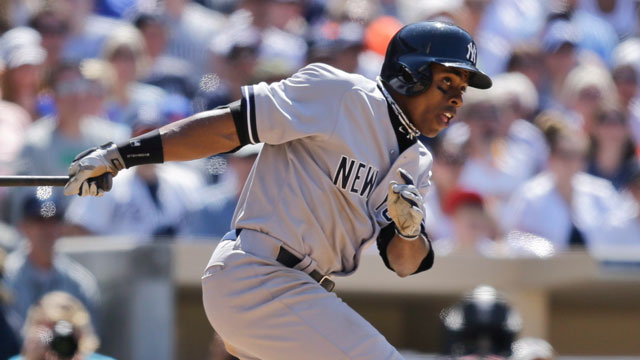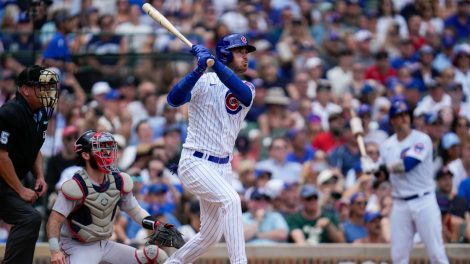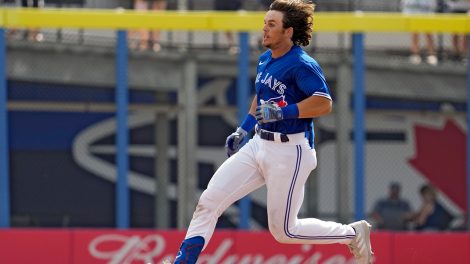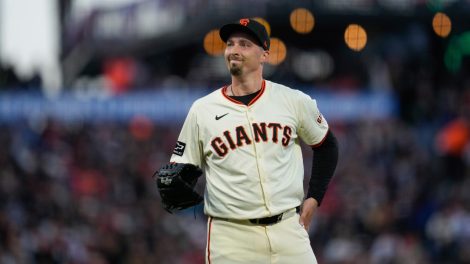The MLB hot stove season offers a steady stream of trades and signings for the better part of two months every year. Just don’t try to combine the two and pull off a sign and trade.
The lure of additional draft picks motivated MLB teams to extend 13 qualifying offers to free agents Monday. Yet clubs must weigh the potential reward of draft picks against the risk that a player accepts unexpectedly. Once a player accepts, he’s there to stay.
Most of the time, a team can trade surplus players to balance out its 25-man roster and free up payroll. Does that mean a general manager can deal a player who accepts a qualifying offer unexpectedly and creates a roster squeeze? For example, could New York Yankees outfielder Curtis Granderson or Boston Red Sox shortstop Stephen Drew become movable pieces if they accept?
The short answer is ‘no.’ The sign and trade option is not available to GMs, thanks to Article XX (B) (5) (a) of the MLB collective bargaining agreement. No team can trade a player who accepts a qualifying offer unless the player provides his consent.
Teams “may not assign [a player’s] contract until after the next June 15” unless “the player gives written consent to such transaction,” according to the CBA. That language applies to qualifying offers, which means teams must keep and pay each player who accepts the $14.1 million offer until next summer at the earliest unless teams obtain permission for trades.
Players have until Monday November 11 to accept the qualifying offers or decline them and explore free agency while linked to draft pick compensation.
The following 13 players obtained qualifying offers: Drew, Jacoby Ellsbury and Mike Napoli of the Red Sox, Granderson, Robinson Cano and Hiroki Kuroda of the Yankees, Brian McCann of the Atlanta Braves, Shin-Soo Choo of the Cincinnati Reds, Ubaldo Jimenez of the Cleveland Indians, Ervin Santana of the Kansas City Royals, Carlos Beltran of the St. Louis Cardinals, Kendrys Morales of the Seattle Mariners and Nelson Cruz of the Texas Rangers.
The value of the qualifying offer was determined by averaging the game’s 125 highest salaries for the previous season. Teams must surrender a top draft choice and forfeit a considerable portion of their draft budget to sign a player who turned down a qualifying offer.
Most teams would have to surrender their first-round selections, but the Toronto Blue Jays and nine other teams would instead give up a second-round pick after finishing at the bottom of the standings in 2013. But regardless of where a team finished in the standings, they can’t pull off a sign and trade without consent from the player.










